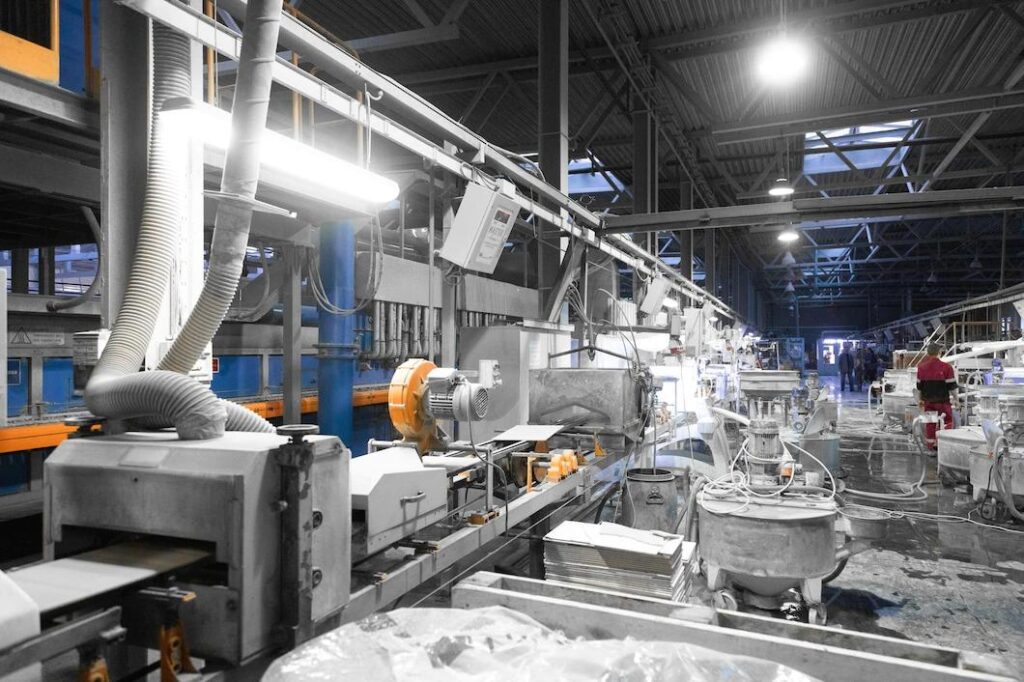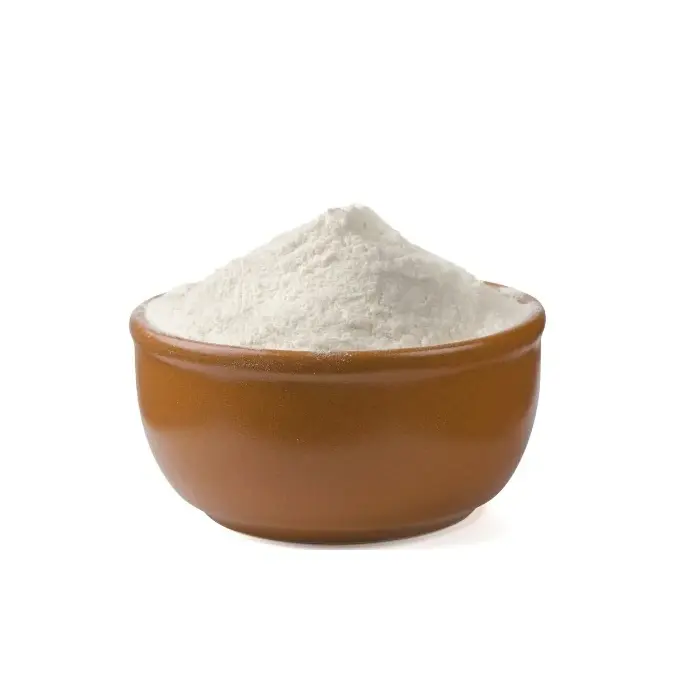We all know that magnesium oxide and magnesium hydroxide are often used in rubber, plastics and flame retardant industries, but may be little understanding of both magnesium oxide and magnesium hydroxide play an important role in pulp refining, especially in the chlorine-free bleaching process. And because of its own special properties to the paper industry has brought a lot of help, let’s take a closer look at the application of magnesium oxide and magnesium hydroxide in the papermaking industry!

The actual effect of using magnesium oxide and magnesium hydroxide compared with traditional processes
In the papermaking industry, there is a process that requires bleaching of pulp. Magnesium hydroxide is used instead of caustic soda in pulp bleaching operations. Messi Biology conducted an experimental comparison with the traditional bleaching process and found that magnesium hydroxide can maintain the brightness of pulp, improve pulp viscosity, and reduce chemical oxygen demand (COD) and production costs. In the pulp hydrogen peroxide bleaching process, the use of magnesium oxide instead of caustic soda can reduce the iron and manganese ion content in the pulp to 2mg/L, and the use of magnesium hydroxide instead of caustic soda can reduce it to 10mg/L. And it can improve the quality of the pulp, thereby avoiding excessive iron content that makes the paper yellow.

Magnesium hydroxide
• Alkaline agent: The main function of magnesium hydroxide is to increase the pH value of the pulp, making it alkaline. This is conducive to the removal of lignin and other impurities, while also increasing the swelling and adsorption capacity of the fiber, and enhancing the effectiveness of subsequent bleaching chemicals.
• Hydrogen peroxide stabilizer: Magnesium hydroxide can stabilize hydrogen peroxide and prevent it from decomposing, thereby improving bleaching efficiency. Hydrogen peroxide is a commonly used bleaching chemical, but it is unstable under acidic conditions and easily decomposes. The alkalinity of magnesium hydroxide can keep the pulp neutral or slightly alkaline, thereby effectively stabilizing hydrogen peroxide.
• Fiber protector: Magnesium hydroxide can protect fibers from damage by bleaching chemicals. During the bleaching process, some strong oxidants such as hydrogen peroxide and chlorine dioxide are used. Although these chemicals can remove lignin and other impurities, they may also damage fibers and reduce the strength and toughness of pulp. Magnesium hydroxide can be adsorbed on the surface of fibers to form a protective layer to reduce the damage of bleaching chemicals to fibers.
Magnesium oxide
• Filler: Magnesium oxide can be used as a filler and added to pulp to improve the brightness, smoothness and opacity of paper. Magnesium oxide has a small particle size and good dispersibility. It can be evenly filled in the pulp, making the surface of the paper smoother and improving the scattering effect of light, thereby improving the brightness and opacity of the paper.
• Carrier: Magnesium oxide can be used as a carrier to load other functional additives such as fluorescent agents, antimicrobial agents and flame retardants. These additives are usually difficult to add directly to pulp, but can be adsorbed on the surface of magnesium oxide and then added to the pulp, which can improve the uniform dispersion and retention rate of the additives.
In summary, adding magnesium oxide or magnesium hydroxide can effectively improve the physical properties and aesthetics of paper and reduce papermaking costs, so it is widely used in the papermaking industry. Both magnesium oxide and magnesium hydroxide are important papermaking chemicals and play an important role in improving pulp quality and papermaking efficiency. With the promotion and application of chlorine-free bleaching technology, the application of magnesium oxide and magnesium hydroxide in pulp refining will become more and more extensive.

